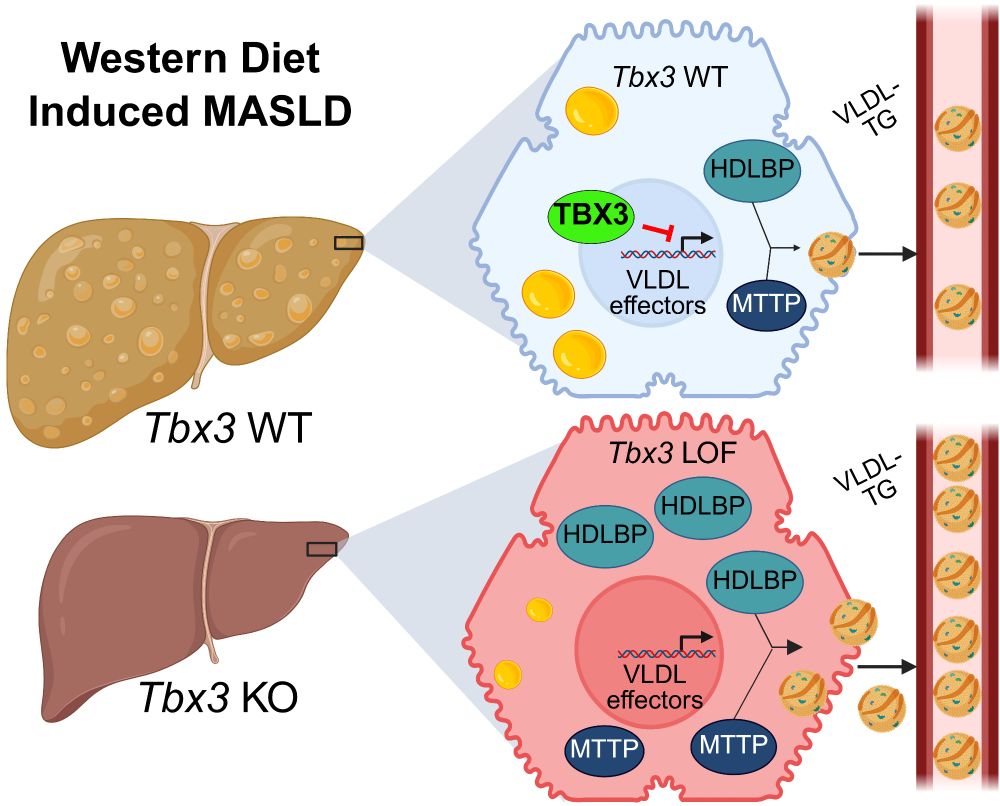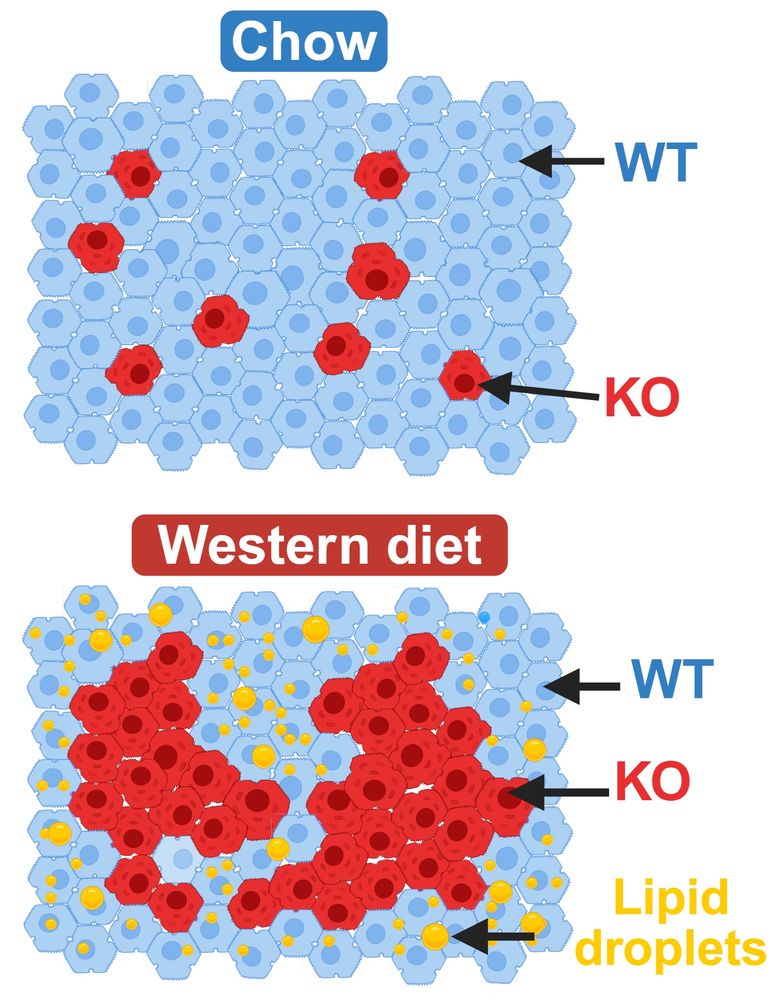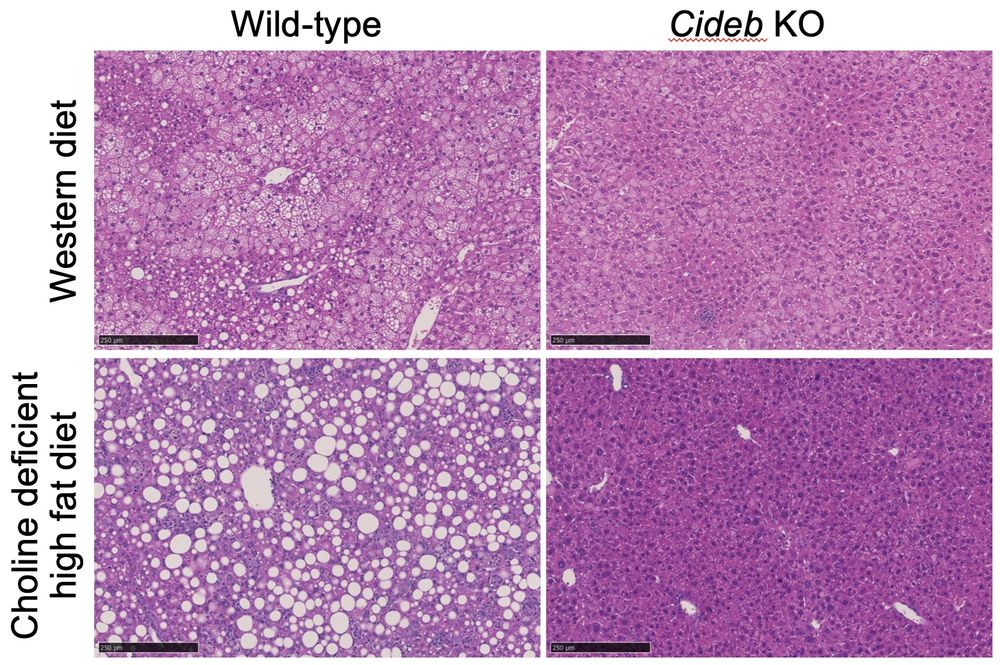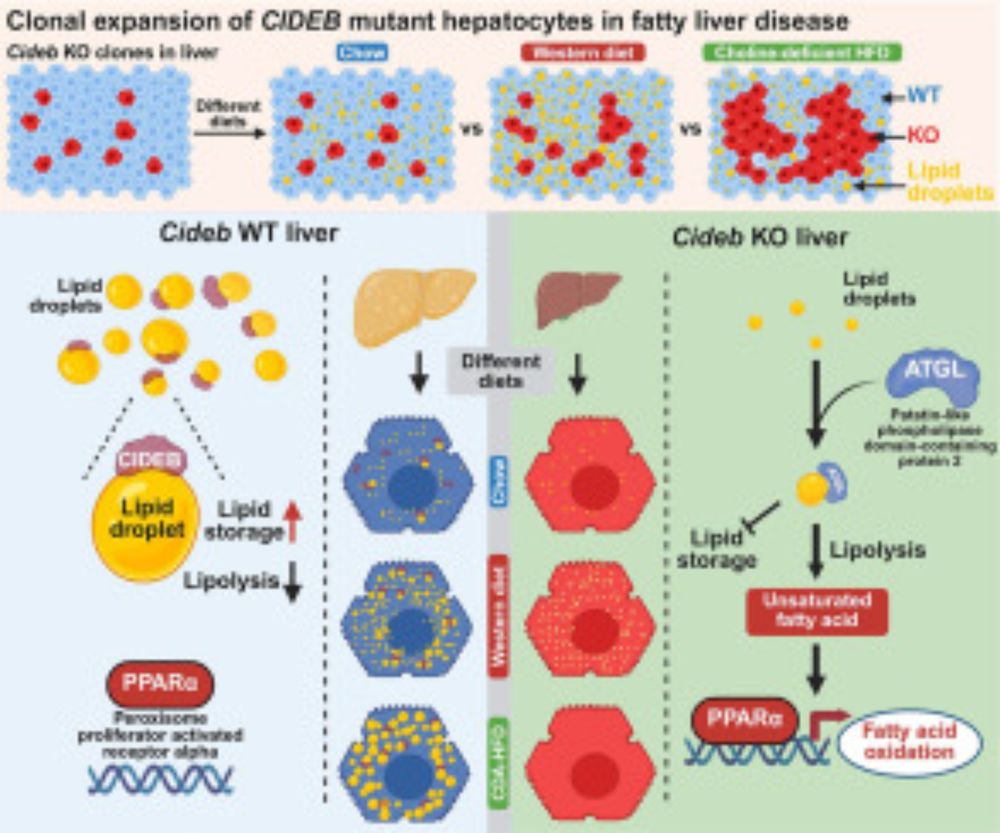Hao Zhu Lab at UT Southwestern
@haozhulab.bsky.social
100 followers
21 following
8 posts
Physician-scientist at Children's Research Institute at UT Southwestern. Focused on #LiverCancer and organ regeneration.
Posts
Media
Videos
Starter Packs
Reposted by Hao Zhu Lab at UT Southwestern






